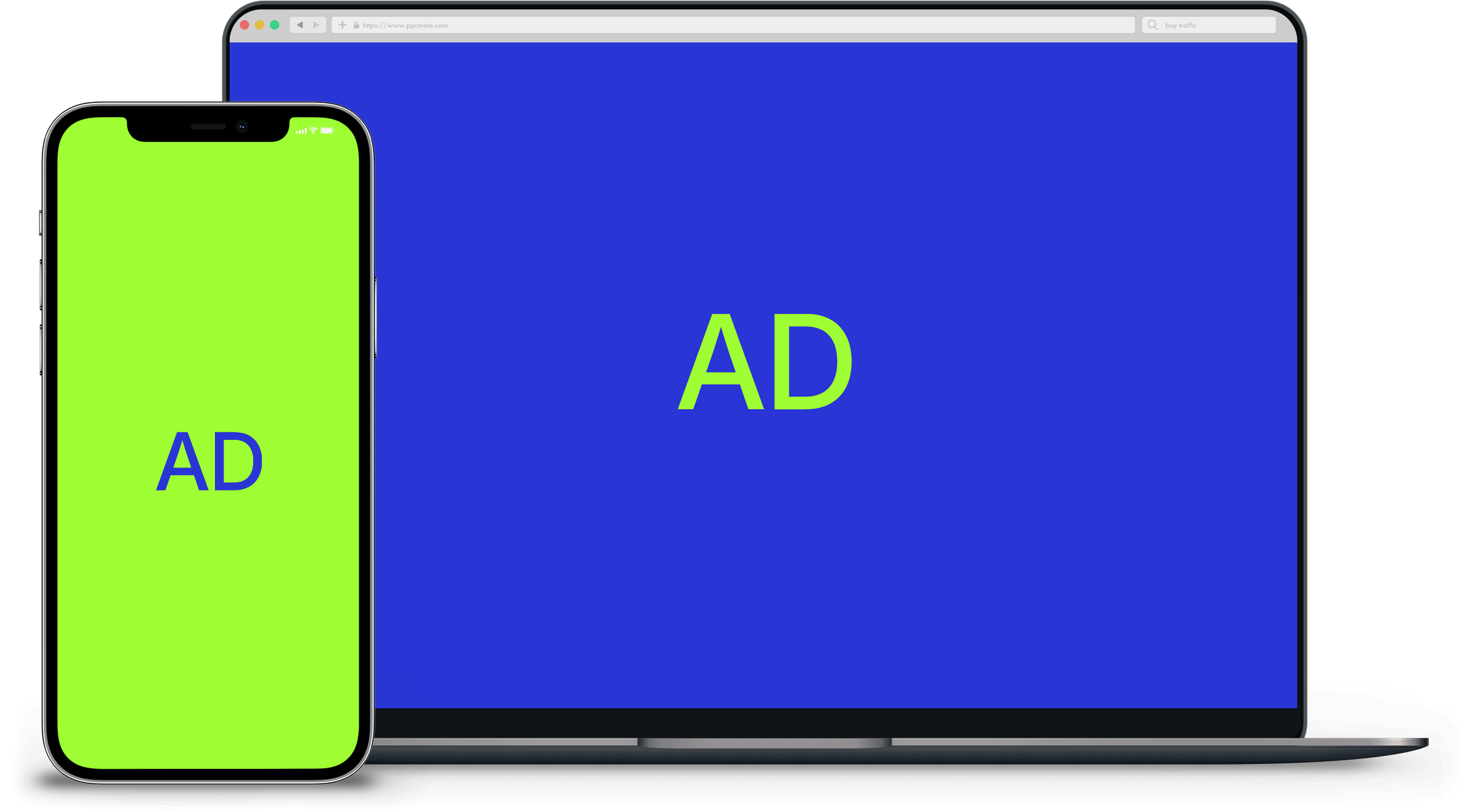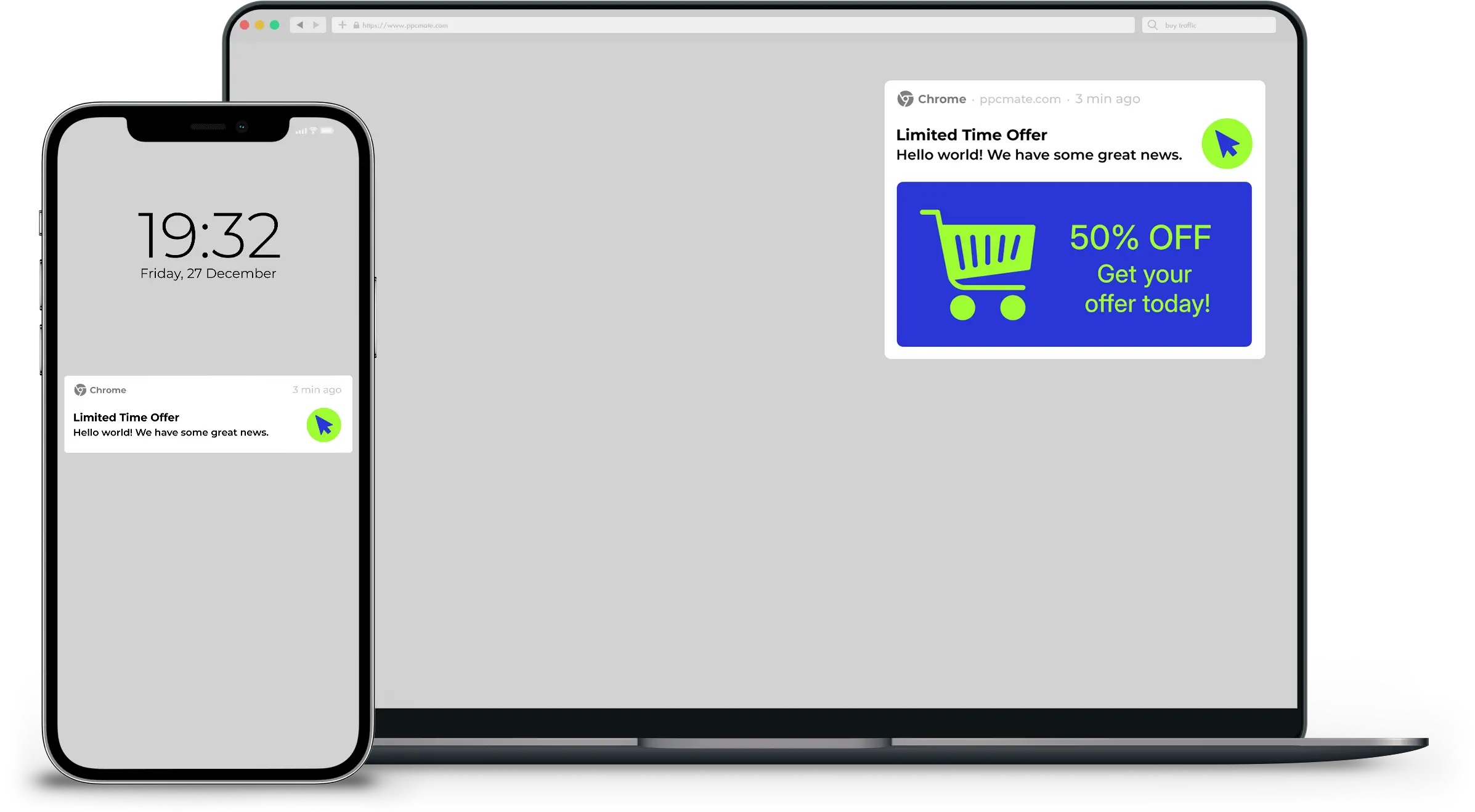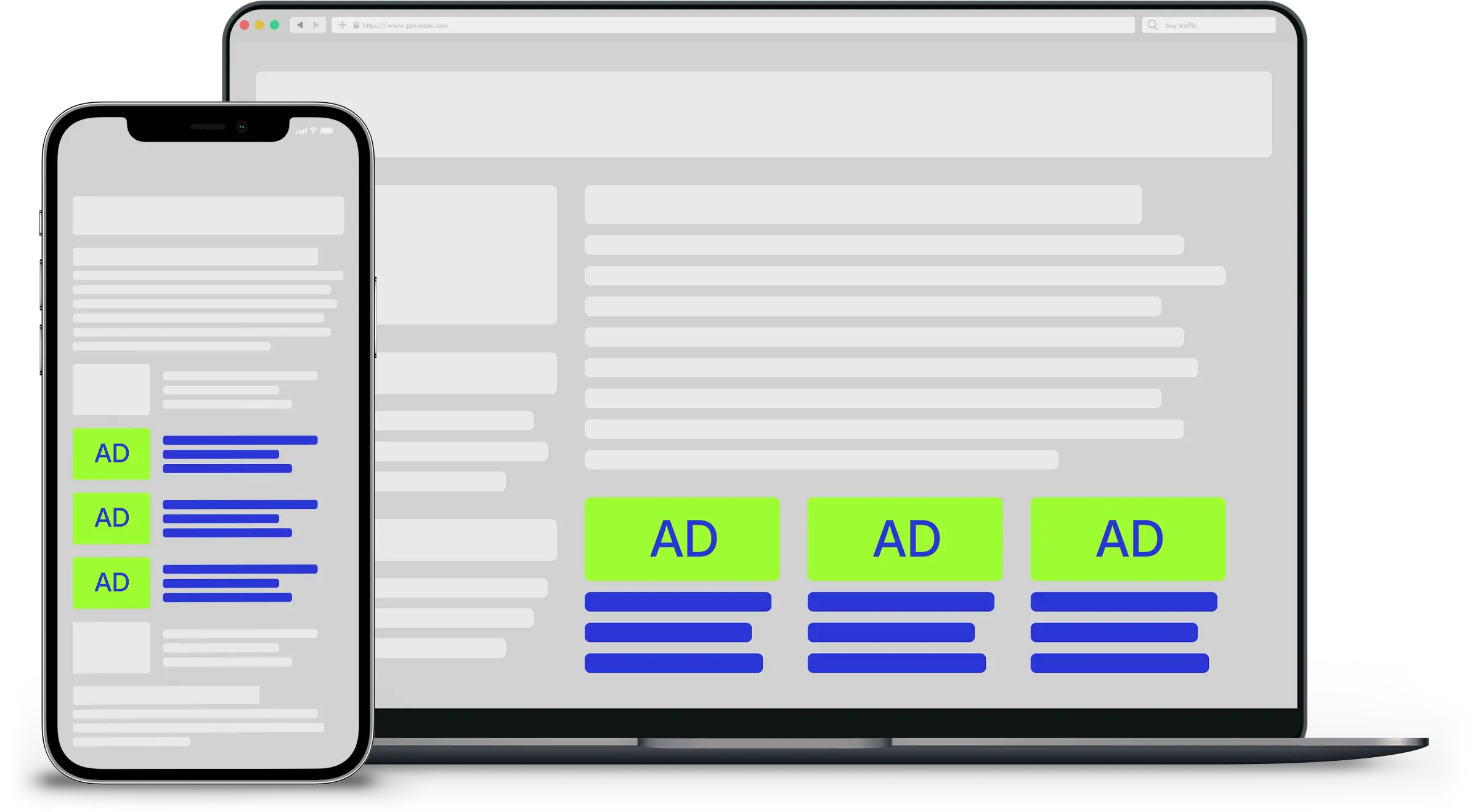Mobile optimization includes more than simply ensuring your website has been developed to properly display your content on mobile devices. You also need to create content for a mobile audience.
The reality is that mobile audiences consume content differently than desktop audiences. They have different expectations for content, and you need to meet those expectations or your content won’t have any impact. In fact, mobile visitors might click away from your content and never return.
With that in mind, here are seven steps you can take to write content for mobile audiences who skim, scan, and move quickly.
1. Write relevant, attention-grabbing headlines.
Your headlines should tap into emotions and promise something useful, meaningful or entertaining to the target audience. Try to intrigue mobile audiences, so people are motivated to click through to read or view your content if they see the headline on social media, in an email marketing message, or elsewhere online.
However, don’t let creativity get in the way of relevance. Your content must deliver on the promise of the headline or people will lose trust in your brand. That means fewer people will visit your site and consume your content in the future.
2. Communicate the most important information first.
Always begin with the most important messages so there is no chance that mobile audiences miss them. Scrolling on mobile devices can be frustrating, so there is no time for verbose introductions. Instead, write like a journalist and get to the point. You can elaborate with details and stories after the main points are communicated.
3. Be succinct.
Mobile audiences move quickly, so your content should be concise and clear. That doesn’t mean you should publish 100-word blog posts. Succinct doesn’t necessarily mean short. It means not only should you communicate your most important messages first (see step 2, above), but also that those messages should be focused and easy to understand instantly without confusion or distraction.
4. Use headings strategically.
Headings are extremely important to make it easy for mobile audiences to quickly scan your content. Your most important details should be included in your headings and subheadings, so readers can scroll through, find points that matter to them, and then read the details for those points. It’s hard to read really long content on small mobile devices, so use headings to create sign posts and a road map for mobile visitors.
5. Use lists.
Just as headings make your content easier for mobile audiences to scan, so do lists. Use bullets and numbered lists to give mobile visitors a break from lengthy paragraphs of text. If you’re using bullets and numbered lists, be sure to keep each list item short, and if your bullet and numbered list items get longer than a few lines, consider instead using headings for each item followed by paragraphs of supporting detail.
6. Include images and video.
Images and videos are great for breaking up text-heavy pages, but on mobile devices, they add to the amount of scrolling visitors have to do to read your content. Therefore, use them strategically. For example, consider using an image or video to communicate your messages rather than using long paragraphs of text. Mobile audiences watch a significant amount of video content, so it makes sense to offer videos to them.
7. Remove any clutter.
Clutter not only gets in the way of your content on mobile devices but it can also slow down a page’s loading. Mobile audiences won’t wait for your page to load or take the time to scroll around to find your important content tucked between ads, irrelevant images, and links. Remove the clutter and mobile visitors will be much more likely to read, engage with, and share your content on social media, which generates word-of-mouth marketing for your business.
Your next steps.
If you don’t immediately catch the attention of mobile users who land on your content, you’ve lost your opportunity to share your brand message and connect with them. You have just a couple of seconds to do it, so you must adjust your writing and content presentation to engage with mobile audiences. If you’re not a writer, get help from a professional. But be warned not to use a cheap article broker or content company; Google doesn’t like low quality content, and it might decrease your search traffic if you’re caught.
__
by Susan Gunelius
Source: entrepreneur.com









